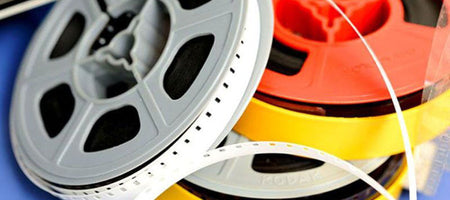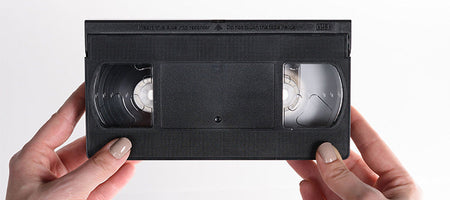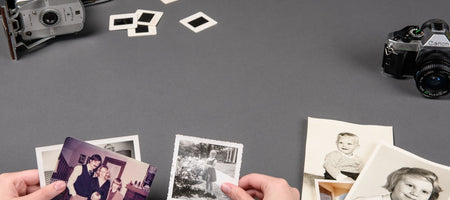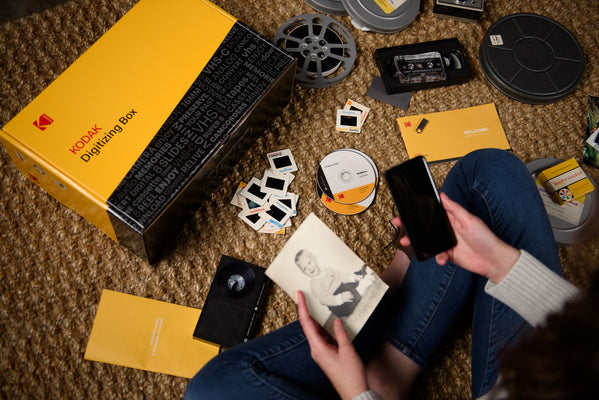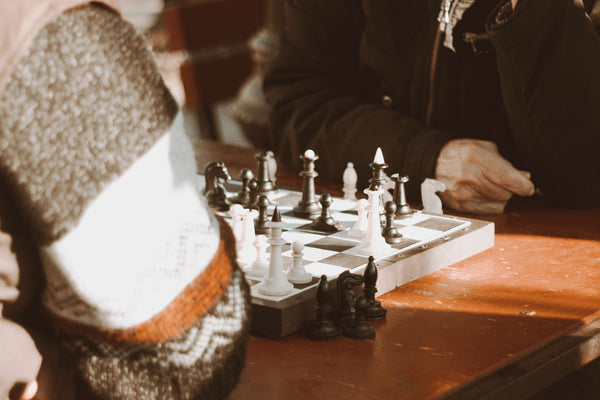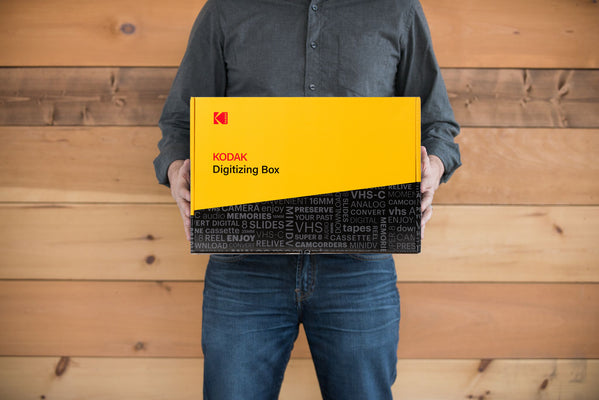Digitization is becoming a popular way to preserve your past. And what’s not to love about it? It’s the best way to make sure your memories stay with you for generations to come.
And one of the most popular bits of nostalgia that we digitize are photo prints and photo negatives.Which got us thinking … what do people really know about those little brown film strips, aka negatives? Well, here are 5 things you might not know about photo negatives.
Your negatives are your actual photos
Yep, it’s hard to believe it but your printed photos aren’t your actual photos. Nope, your negatives are your actual photos from which your prints are derived and saving them will allow you the ability and convenience to reprint any old photo. Of course, with digital photography being today’s norm, negatives don’t really hold much value. But for you old childhood pictures, your negatives are the key to unlocking all your memories.
Negatives were discovered in 1839
While Thomas Edison and Ben Franklin are easily household names for their technological endeavors, a lot of average Joes may not know the name Fox Talbot. Besides being an absolutely rad name, Fox Talbot just so happens to be the first person to invent the negative, discovering it in the same year as Hippolyte Bayard (another awesome name) discovered the first positive print.
Negatives can be digitally converted
Most people might think that digitizing your photos only works by scanning your actual photo prints. But what some might not know is that those little brown negative film strips can be digitized as well. And in a lot of ways, keeping those negatives is your best bet to preserving your memories as they can be used to create new physical prints or digitized copies. So hopefully, you didn’t just toss those weird little picture boxes when you were younger, because they may just be the key to unlocking trapped or forgotten memories.
Best ways to store negatives
Like your physical photo prints, negatives are best stored in a cool, dark and dry location – somewhere between 65 and 70 degrees that won’t be compromised by sunlight or humidity (hint, hint … rain). That’s why if you have some old negatives in storage, make sure that they’re not just lackadaisically stored in a hot attic or flood prone basement.
Best ways to clean a photo negative
Depending on how old your negatives are or where they’ve been stored, they may have gotten dusty or grimy over the years. Good news is they can be cleaned carefully using Isopropyl alcohol, lint-free cloth or cotton swabs, lint-free gloves and an area that is well ventilated. For more specifics on the step-by-step cleaning process, you can check out these helpful cleaning tips.
Do you have any photo negatives you’d like digitized? Send them to us to see just what memories you may have forgotten are trapped on those little brown strips. You may just uncover a treasure trove of nostalgic bliss.

